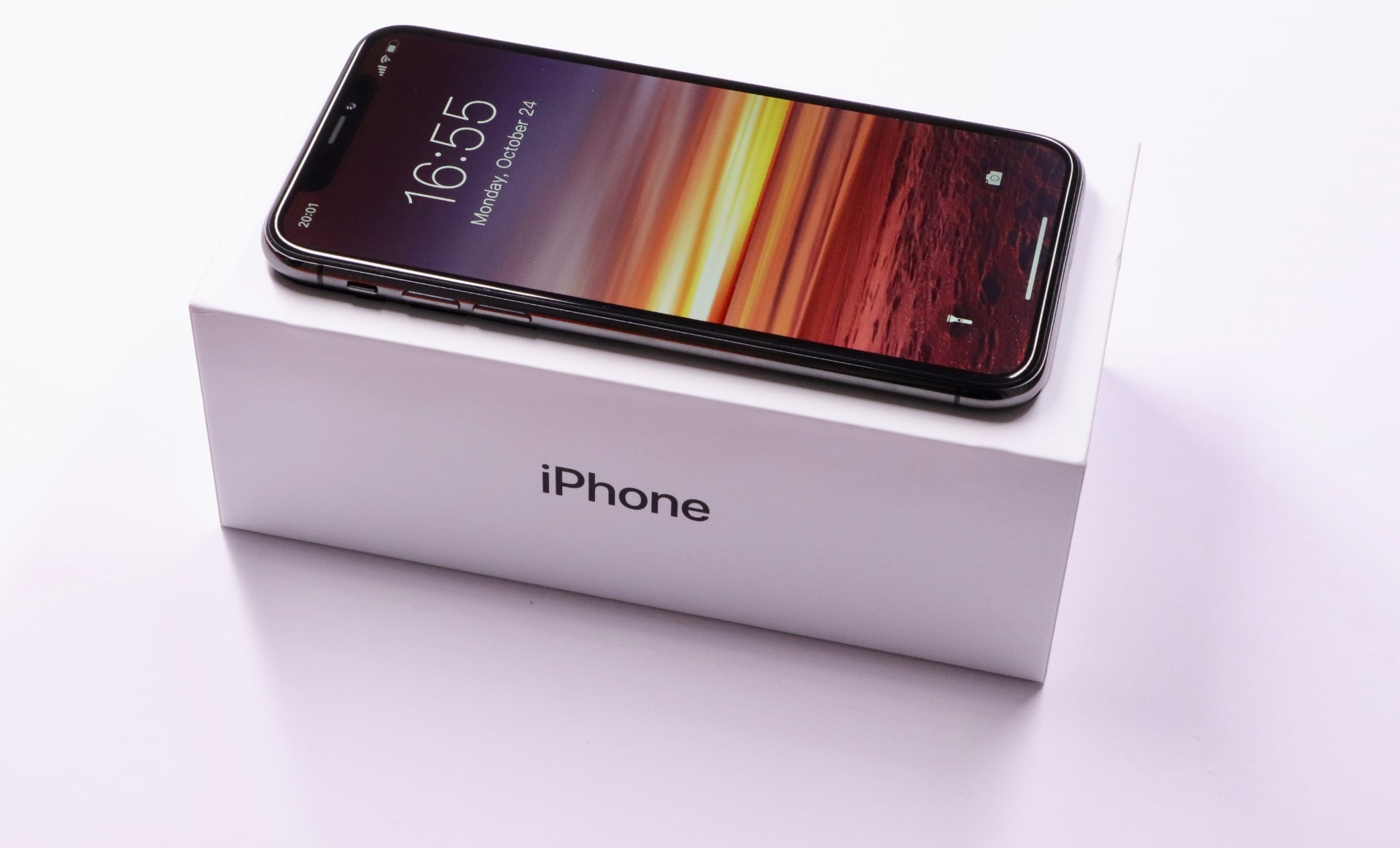Apple has reportedly trimmed the iOS 17 system requirements, meaning some devices like the iPhone X won’t be compatible with the update. Here’s why.
UPDATE: Another leaker chimed in on the MacRumors forum, claiming the report is incorrect. According to the tipster, iOS 17 will support all the same iPhone models as iOS 16. This apparently includes all devices powered by the Apple A11 chipsets, including the iPhone X and iPhone 8. The original post continues right ahead…

- What’s happening? iOS 17 could ditch support for devices powered by Apple’s A11 chip, including the iPhone X (2017).
- Why care? The decision will reduce attack vectors in iOS 17.
- What to do? If your iPhone or iPad isn’t on the iOS 17 device list, maybe hand it down to a family member and plan purchasing a newer model?
iPhone X absent from leaked iOS 17 system requirements
iPhones and other Apple devices typically run the latest operating system versions without problems for at least five years before some features become unsupported. That’s a big part of the reason why Apple hardware has such a high resale value.
But with iOS 17, a maintenance update with only a handful of new features, the Cupertino technology giant is understood to remove support for iPhones powered by the A11 chip for reasons dealing with security.
iOS 17 should mark the end of the road for these iPhones and iPads:
- iPhone X (5.8 inches, model year 2017, Apple A11 Bionic)
- iPhone 8 (4.7 inches, model year 2017, Apple A11 Bionic)
- iPhone 8 Plus (5.5 inches, model year 2017, Apple A11 Bionic)
- iPad Pro (9.7 inches, first generation, model year 2016, Apple A9X)
- iPad Pro (12.9 inches, first generation, model year 2015, Apple A9X)
- iPad (9.7 inches, fifth generation, model year 2017, Apple A9)
The following iPad models and later should run iOS 17:
- iPad (9.7 inches, sixth generation, model year 2018, Apple A10 Fusion)
- iPad (10.2 inches, seventh generation, model year 2019, Apple A10 Fusion)
- iPad Pro (10.5 inches, second generation, model year 2017, Apple A10X Fusion)
- iPad Pro (12.9 inches, second generation, model year 2017, Apple A10X Fusion)
So, the four tablets above that run Apple’s A10 and A10X chips will supposedly run iPadOS 17 while the fifth-generation iPad and the first iPad Pros won’t.
iOS 17 and iPadOS 17 will drop support for the following devices
iPhone 8, iPhone 8 Plus, iPhone X
iPad (5th generation), 9.7-in. iPad Pro (1st generation), 12.9-in. iPad Pro (1st generation)— Fame_Monsters (@Fame_G_Monster) March 18, 2023
But why would Apple drop support for relatively new devices, like the iPhone X?
Blame it on an unpatchable vulnerability
iPhones and iPads equipped with the A5 through A11 chip are affected by a bootrom security vulnerability that Apple cannot patch on these devices, as the bootrom operates in a read-only state. The exploit has allowed for these devices to be perpetually jailbroken on a wide range of iOS versions, allowing users to modify the iOS file system.
Apple’s device requirements don’t change every year, and that’s a good thing.
With the September 2022 release of iOS 16, the company has changed system requirements for the software by ditching support for the iPhone 6s and 7 families, original iPhone SE, second-generation iPad Air, fourth-generation iPad mini and seventh-generation iPod touch. On top of that, nine major features in iOS 16 only work on devices powered by the A12 Bionic chip (iPhone XS) or later.